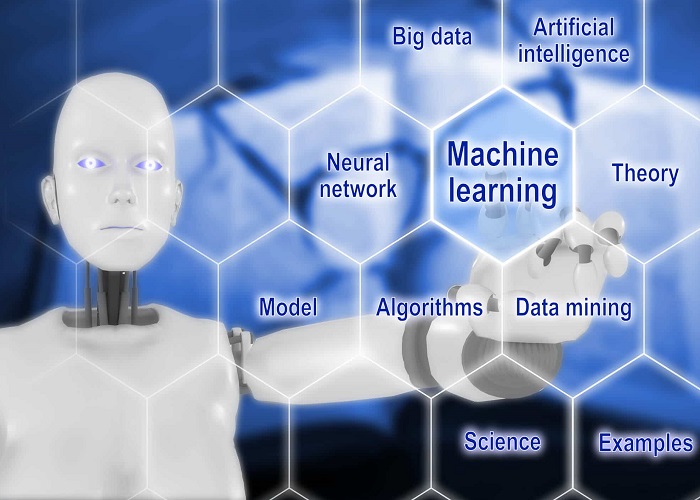Introduction to Test Automation and AI
Test automation has become a critical aspect of software development and quality assurance. With the increasing complexity of software applications, it is essential to have an efficient and effective way to test and validate software functionality. Traditional test automation services methods have proven to be time-consuming and resource-intensive, and this is where the integration of machine learning and AI can make a significant impact.
The Benefits of Machine Learning and AI for Test Automation
- Improved Accuracy: Machine learning algorithms can be trained on vast amounts of data to accurately identify and categorize software bugs and other issues. This leads to a reduction in false positives and false negatives, ensuring that software defects are identified and addressed promptly.
- Faster Test Execution: AI algorithms can automate manual testing processes and execute tests at a much faster rate than humans. This can significantly reduce the time it takes to complete testing, leading to faster time-to-market and improved efficiency.
- Dynamic Test Case Generation: Machine learning algorithms can analyze code and data patterns to dynamically generate test cases, reducing the time and effort required to manually create test cases.
- Predictive Maintenance: AI algorithms can analyze historical test data to identify trends and patterns that can help predict when software issues are likely to occur. This allows organizations to proactively address potential issues before they become significant problems.
- Enhanced Test Coverage: By integrating machine learning algorithms into their test automation processes, organizations can increase their test coverage and ensure that their software is thoroughly tested.
These benefits demonstrate how the integration of machine learning and AI into test automation can lead to improved accuracy, efficiency, and effectiveness in software testing and validation. By leveraging these technologies, organizations can ensure that their software is thoroughly tested and validated, reducing the risks associated with software defects and improving software quality.
Visit here: Top Software testing service providers
Best Practices for Integrating Machine Learning and AI into Test Automation
- Start Small: When integrating machine learning and AI into test automation, it’s important to start small and gradually build up your capabilities. This allows you to iteratively test and refine your processes, ensuring that they are effective and scalable.
- Choose the Right Tools: There are many machine learning and AI tools available, and it’s important to choose the right ones for your organization. Consider your specific requirements and select tools that have been proven to be effective in your industry.
- Create a Strong Data Infrastructure: Machine learning algorithms rely on data to be effective, so it’s important to have a strong data infrastructure in place. Ensure that your data is clean, accurate, and relevant, and consider using cloud-based data storage and analytics tools. Also, If you want to learn about Data science. You can check out the data science course in Hyderabad.
- Focus on Continuous Improvement: Machine learning algorithms are constantly evolving and improving, so it’s important to continually assess and refine your processes. Consider conducting regular evaluations to identify areas for improvement and refine your algorithms over time.
- Collaborate Across Teams: Integrating machine learning and AI into test automation often involves collaboration across multiple teams, including development, testing, and operations. Ensure that your teams are aligned and work together to achieve a common goal.
By following these best practices, organizations can ensure that they are effectively integrating machine learning and AI into their test automation processes, maximizing their ROI and improving the effectiveness of their software testing and validation.
Conclusion
The integration of machine learning and AI into test automation processes has the potential to revolutionize the way software is tested and validated. By leveraging these technologies, organizations can improve the accuracy, speed, and efficiency of their test automation processes, leading to better software quality and reduced risks associated with software defects. By following best practices and working closely with their data science teams, organizations can maximize the benefits of machine learning and AI for test automation and ensure that their software is thoroughly tested and validated.

